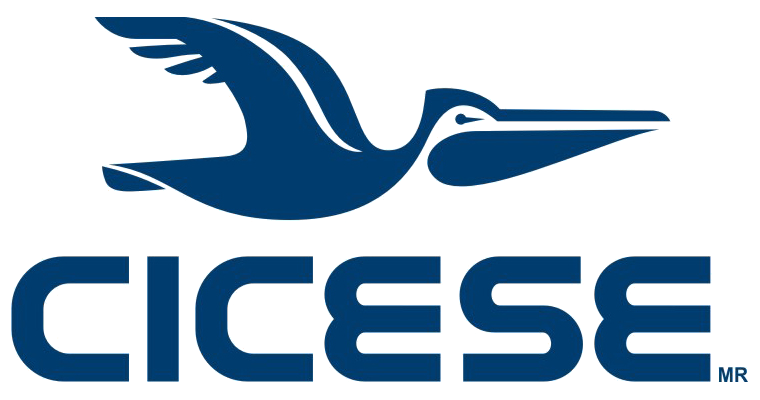Salsipuedes-Punta Morro, Baja California, Mexico 2014
Welcome Guest ( Sign In )


 This airborne LiDAR dataset collected by NCALM, covers two sites. Site one is a coastal strip (4.5 x 0.4 km) of Salsipuedes Bay, in Baja California, Mexico. It is centered on km 93 of the Ensenada-Tijuana Scenic Highway 1D traversing sea cliffs with steep slopes, cutting exhumed marine sediments of the Rosario formation that are capped in part by the basaltic Rosarito Beach formation. On the night of December 27, 2013, a 220m long segment of the highway, at km 93, started to slide down towards the ocean. The movement continued for several hours until it stabilized the following day after, having displaced a volume close to 300 x 103 m3 of sandstone 35m down and 25m towards the Pacific Ocean. It took almost a year to repair this massive landslide and reestablish traffic through the main gateway to the Baja California Peninsula. This dataset was collected 186 days after the landslide when reconstruction was already taking place. Site two is Punta Morro, where Ensenada's science cluster is located, hosting CICESE, UNAM and UABC campuses.
This airborne LiDAR dataset collected by NCALM, covers two sites. Site one is a coastal strip (4.5 x 0.4 km) of Salsipuedes Bay, in Baja California, Mexico. It is centered on km 93 of the Ensenada-Tijuana Scenic Highway 1D traversing sea cliffs with steep slopes, cutting exhumed marine sediments of the Rosario formation that are capped in part by the basaltic Rosarito Beach formation. On the night of December 27, 2013, a 220m long segment of the highway, at km 93, started to slide down towards the ocean. The movement continued for several hours until it stabilized the following day after, having displaced a volume close to 300 x 103 m3 of sandstone 35m down and 25m towards the Pacific Ocean. It took almost a year to repair this massive landslide and reestablish traffic through the main gateway to the Baja California Peninsula. This dataset was collected 186 days after the landslide when reconstruction was already taking place. Site two is Punta Morro, where Ensenada's science cluster is located, hosting CICESE, UNAM and UABC campuses.
Publications associated with this dataset can be found at NCALM's Data Tracking Center
